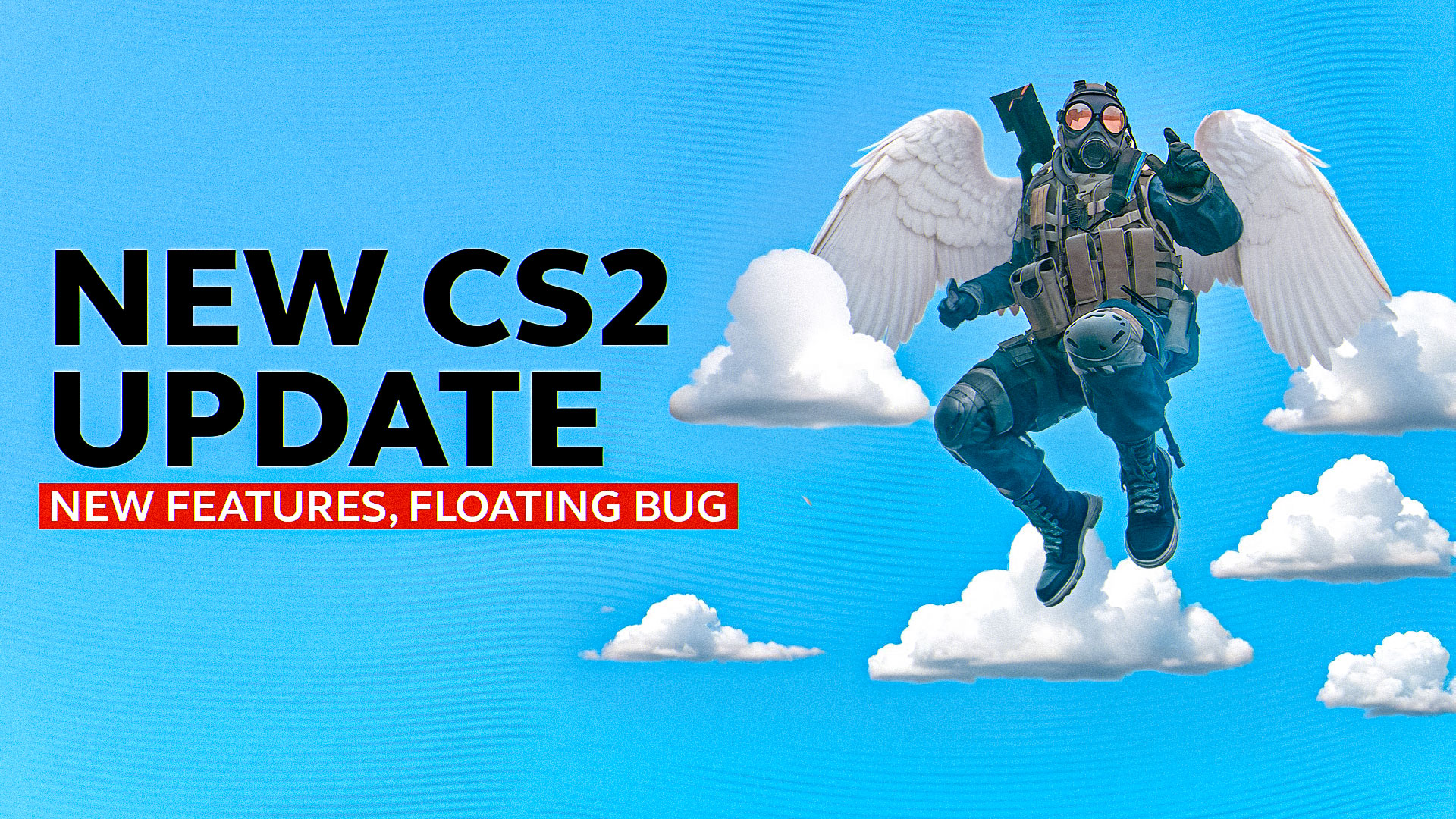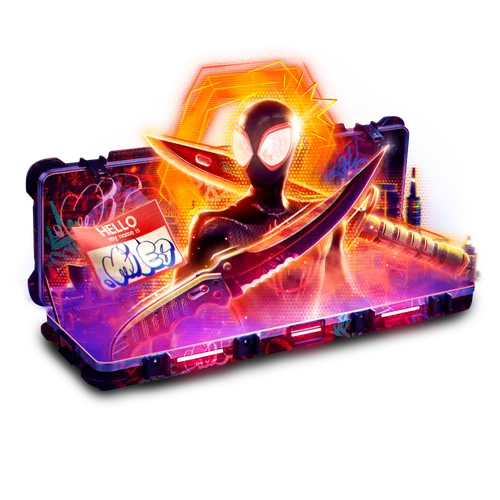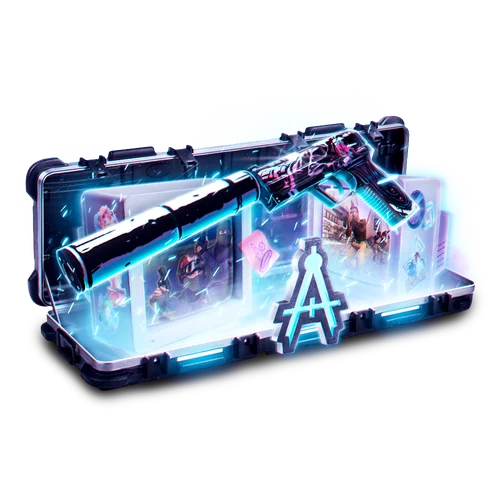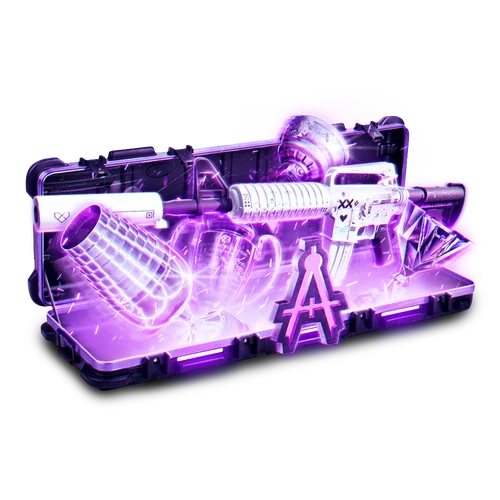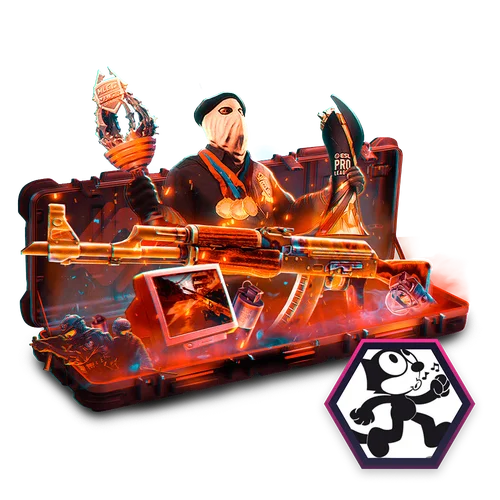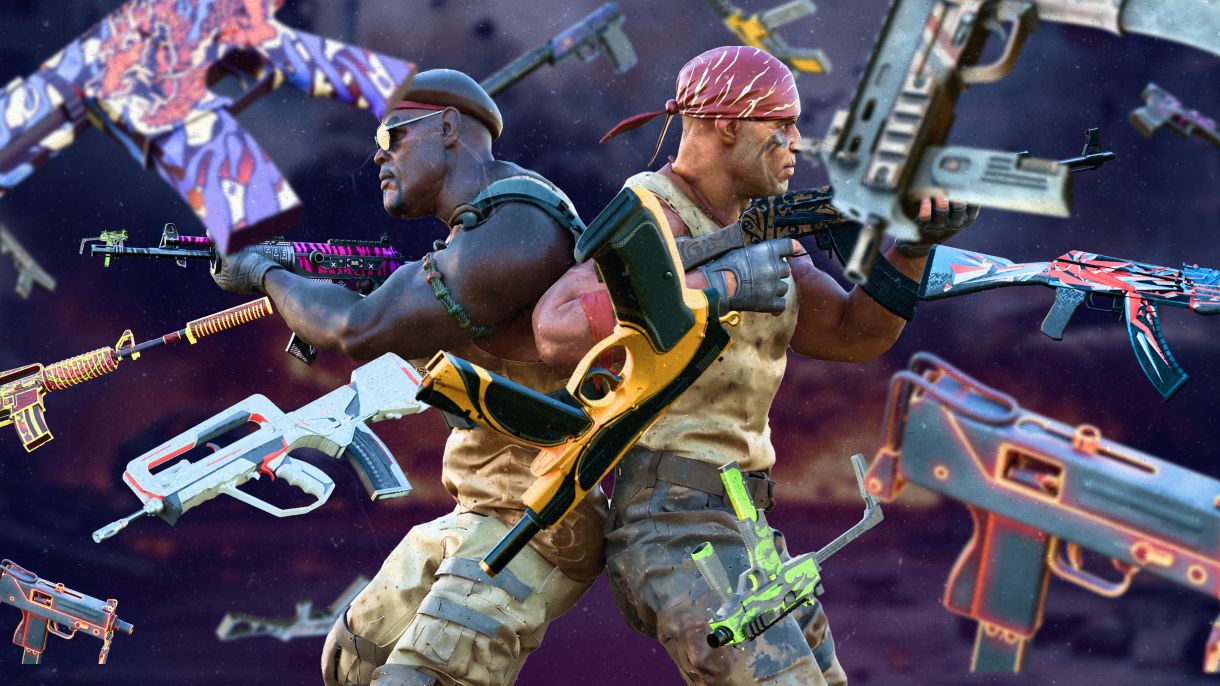The professional Counter-Strike 2 community has been rocked by Valve’s recent and contentious decision to ban jump-throw binds, a tool that many players utilize to consistently fire grenades in the game. Professional players and the gaming community at large are very upset about this move, as well as the recent crackdown on keyboard automation features like Razer’s Snap Tap and Wooting’s Rappy Snappy.
On August 19, Valve released a patch note that has drastically altered the gameplay dynamics of CS2. The update specifically targets in-game binds that include more than one movement or attack action, effectively disabling the jump-throw bind that has been a staple in the game for many players, particularly those at the professional level. This decision is part of a broader effort by Valve to maintain a level playing field by eliminating any form of automation that could provide an unfair advantage.
The company has made it clear that it views the use of jump-throw binds as a form of cheating. According to Valve, the accuracy and consistency afforded by these binds diminish the importance of core skills such as coordination and reaction time, which are essential to mastering the game. As a result, players using these binds will now be kicked from matches on official Valve servers, a move that has left many in the community reeling.

The professional Counter-Strike scene relies heavily on precision and consistency, especially when it comes to utility usage. Jump-throw binds have been an essential tool for executing complex grenade lineups, allowing players to throw smokes, flashes, and molotovs with pinpoint accuracy from predetermined positions on the map. This consistency is vital in high-stakes matches where a single missed grenade can turn the tide of the game.
Team Vitality’s Dan ‘apEX’ Madesclaire was among the first to voice his displeasure with Valve’s decision, stating on social media, “You can’t remove that from the game. It creates so many opportunities”. The sentiment is echoed by many other professional players who argue that the removal of jump-throw binds will negatively impact the strategic depth of the game. Without the ability to guarantee consistent throws, teams may be forced to rethink their entire approach to utility usage, potentially leading to a less dynamic and predictable style of play.
Team Liquid’s Russel ‘Twistzz’ Van Dulken demonstrated the practical implications of this change by showcasing several common professional grenade lineups that are now significantly more difficult to execute without the aid of jump-throw binds. The loss of these lineups could lead to a decrease in the overall quality of gameplay, as teams struggle to adapt to the new restrictions.
Everything is fine actually, good bye jump binds. 👋 pic.twitter.com/2WBAQZxkPO
— Russel van Dulken (@Twistzz) August 20, 2024
The community response to Valve’s decision has been overwhelmingly negative, with many players taking to social media platforms like Reddit and X (formerly Twitter) to express their frustration. The outcry is not just limited to professional players; casual players and content creators are also affected by the change, as jump-throw binds have been widely used across all levels of play.
Valve’s intentions to curb the use of advanced keyboard technologies like Snap Tap and Rappy Snappy are well-meaning, as these features can provide an unfair advantage by reducing input lag and enabling near-instant directional changes. However, the current implementation of these changes has sparked considerable controversy due to the unintended consequences it has had on regular gameplay.

As the dust settles from this controversial update, the CS2 community is left to ponder the future of the game without jump-throw binds. For professional players and teams, the challenge will be to adapt to the new normal and develop new strategies that do not rely on these now-banned tools. This could lead to an era of innovation in utility usage, as players experiment with alternative methods to achieve the same level of precision and effectiveness.
However, the loss of jump-throw binds may also lead to a more stagnant and less exciting competitive scene, as the removal of this tool could limit the strategic possibilities available to teams. The ability to consistently execute complex grenade setups has been a hallmark of high-level Counter-Strike play, and its absence could detract from the overall spectator experience.

































